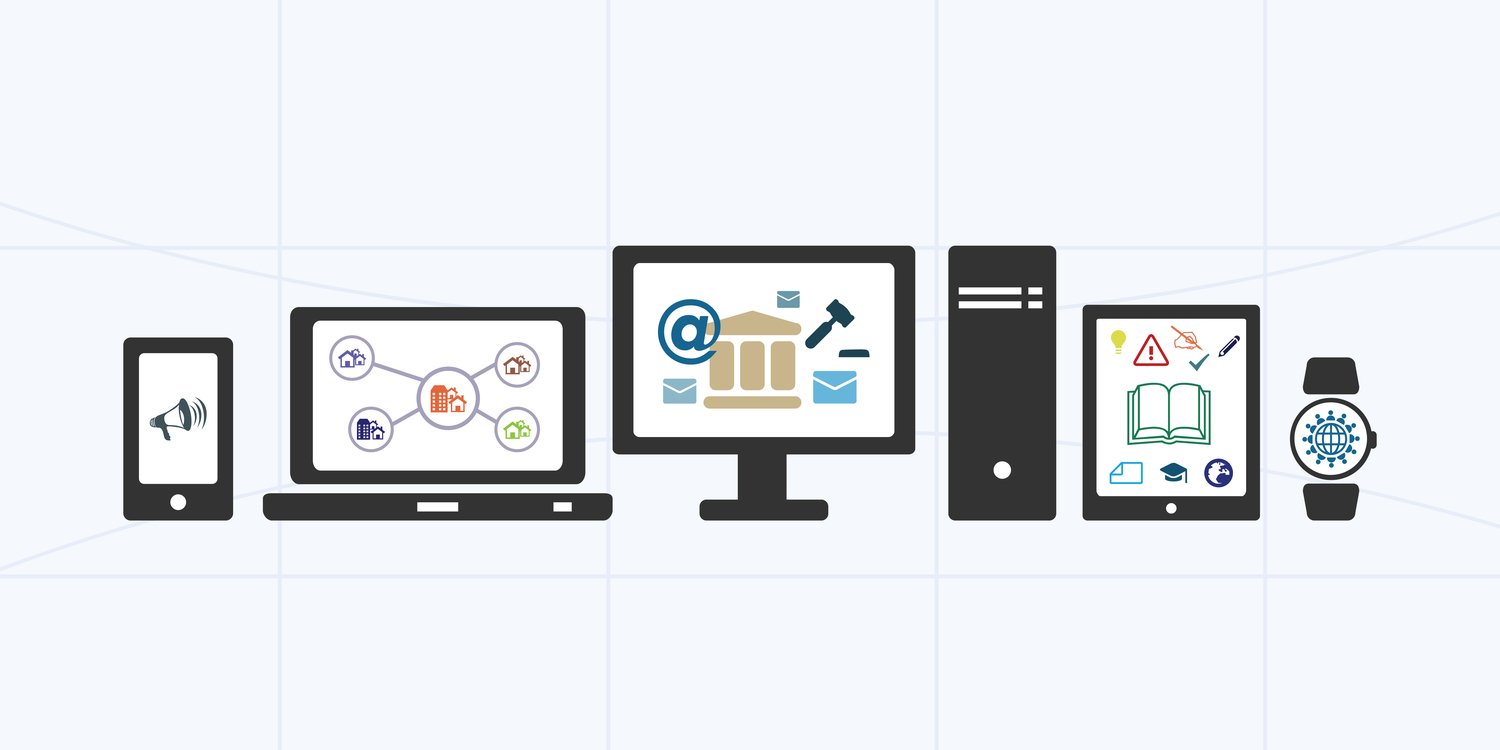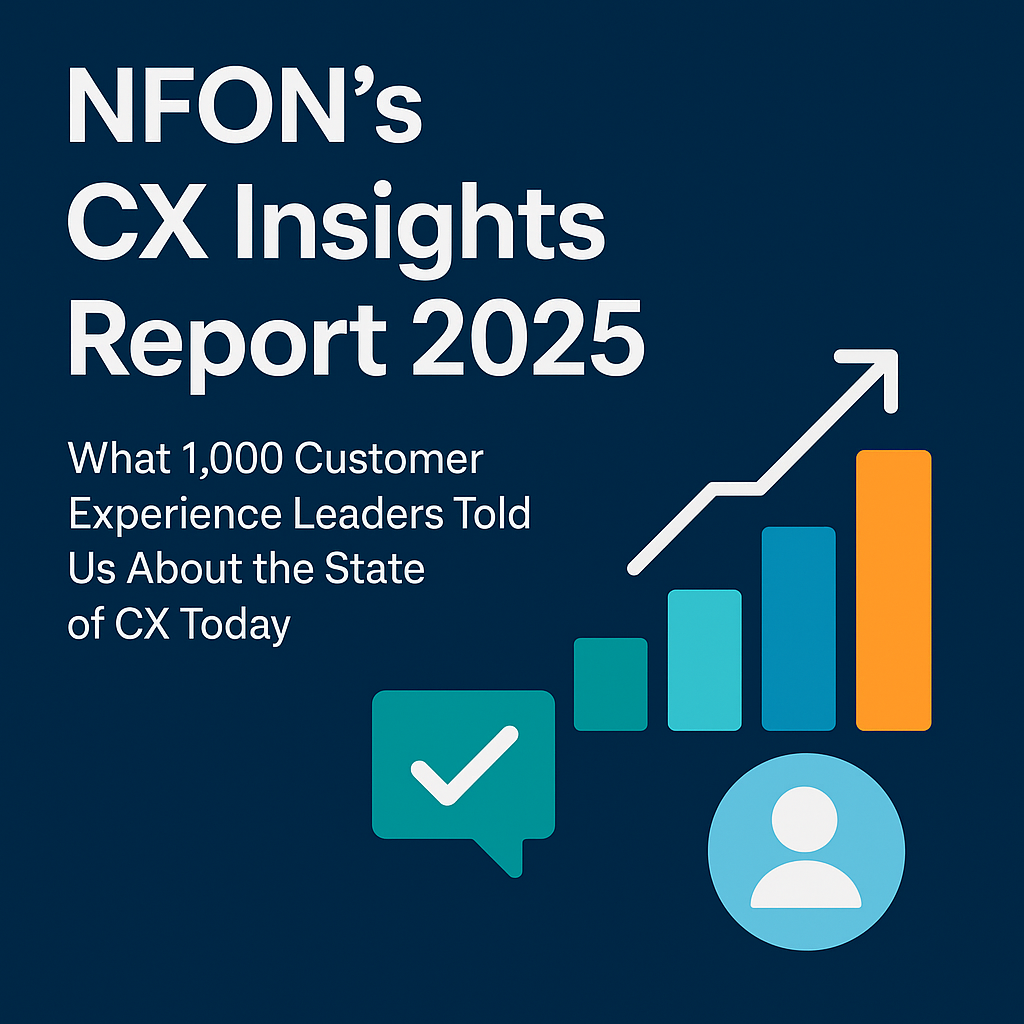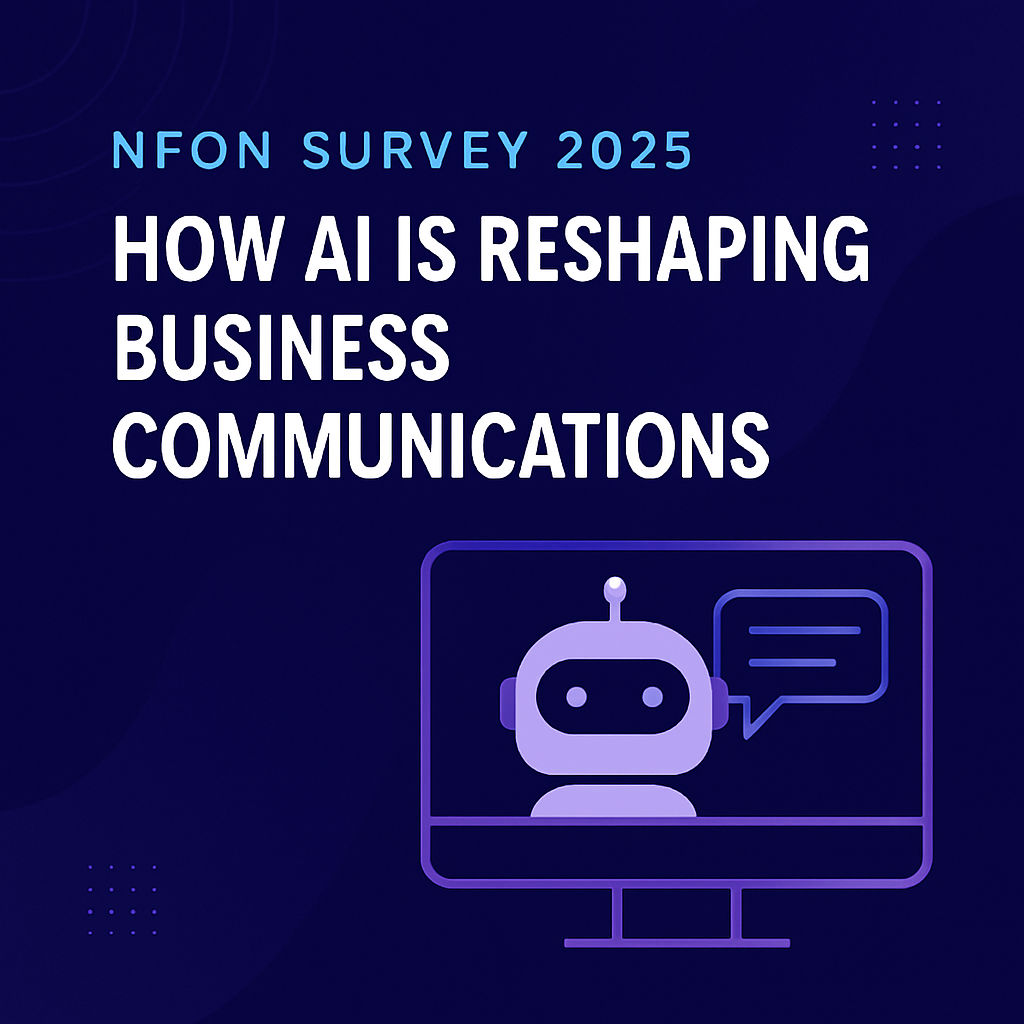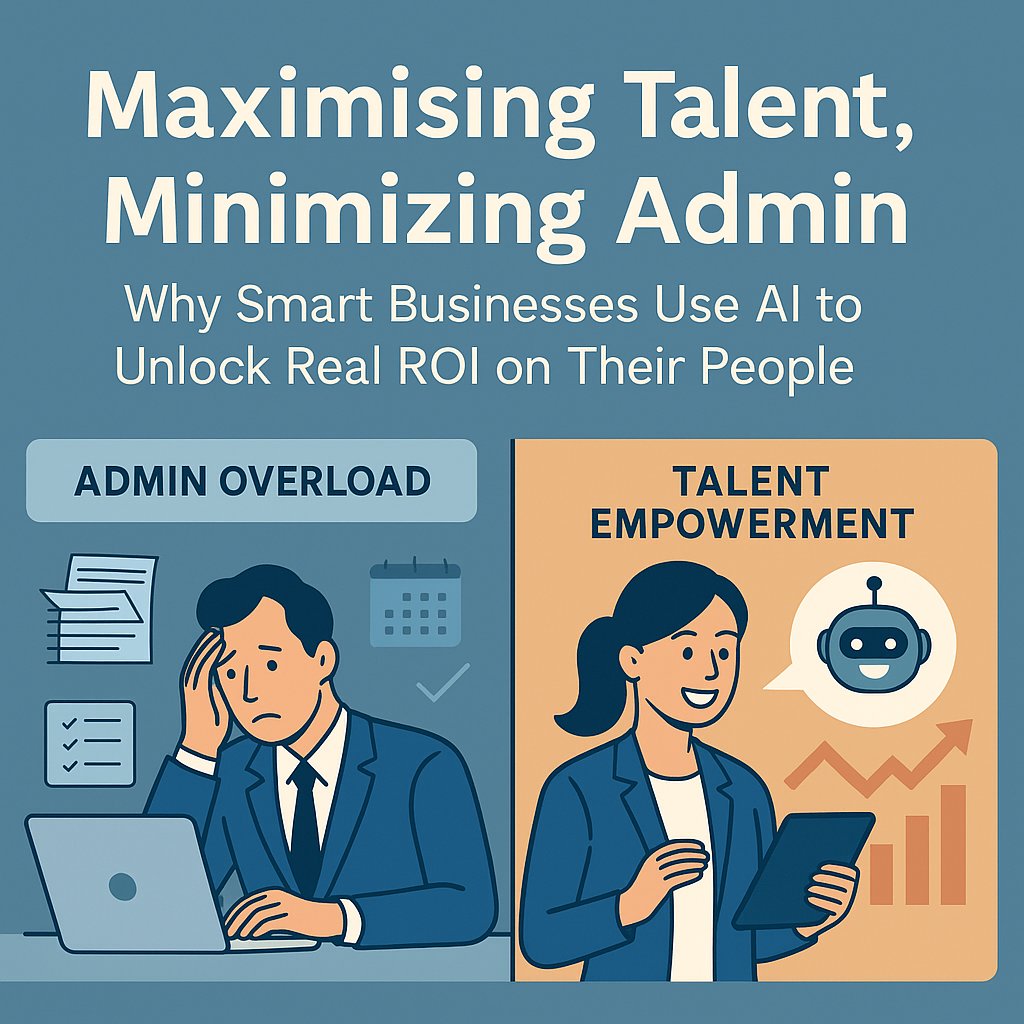Over the past five years, it has been widely acknowledged that we are on the brink of what has been termed as ‘the Fourth Industrial Revolution’ – the concept that the utilisation of smart technologies is growing and becoming rapidly embedded into our social, economic and biological worlds.
For the public sector, we can narrow it down to perhaps a more simplistic view: the fusing together of technology, people and places to create a collaborative and agile civil service workforce.
New technologies are being developed which fundamentally change how Government operates, and it extends far beyond Westminster - reshaping the process of policy-making and public service delivery across the UK. Breakthroughs are happening in fields such as AI, robotics, automation, 3D printing and nanotechnology, as well as rigorous testing being rolled out in 5G technology. These areas represent unlimited opportunities for future digital talent in Government and the wider public sector. Additionally, the COVID-19 pandemic has served to highlight regional disparities in digital inequality and digital accessibility, enabling public sector organisations to focus change in the right areas.
The recent Scottish and Welsh Governments’ Digital Strategies, both published in March 2021, reflect these key pillars of technological change. With the launch of the UK Central Government Digital Strategy later in 2021, the conversation about the evolving role of digital technology post-pandemic will increasingly become a pertinent topic of discussion. So, to answer the question, ‘why does technology integration matter in the public sector?’, responses could include that it influences what our future will look like; it offers the backbone for dynamic innovation; and it provides a platform for our public services to adapt and build back better so that people can lead happier, healthier lives in the digital age.
How is technology integration impacting the public sector now?
The public sector has been overwhelmed with numerous challenges during the pandemic. We have seen that connecting teams with citizens and with each other through remote digital technology has been the root cause, and ironically, the central solution to a significant number of issues that have arisen in this period.
We can all unanimously agree that the pandemic has given public sector organisations the fuel to swiftly adapt to become virtual, mobile workforces; the outcomes of this change are still being felt. The immediate advantage of integrated technology has increased staff flexibility from remote locations, but it has also changed the daily operation of public services internally and externally on a larger scale.
For admin and operative staff, this has meant accessing and managing back-office functions through one interface, one centre of information which can used by multiple departments across multiple organisations. It is a system of working that breaks down barriers in communication, ensures the safe transfer of data and reduces the mundane repetition of tasks. It enables all staff working across vital public sector authorities, from HR to customer service teams, to communicate with colleagues and citizens faster and provide an overall higher quality service delivery. In a public sector that has had a long and exhaustive culture struggle with silos, such platforms are revolutionary.
By providing one integrated system that stores the relevant data, call history and information the public sector needs, and enhanced voice capabilities to communicate with key stakeholders, NFON solutions support the public sector to meet high numbers of calls with efficient simplicity.
NFON’s integrated technology and tools allow teams to succeed
Recently, NFON have been working closely with NHS healthcare clinics and GP practices in the Greater Manchester area to integrate the unique communications platform, Cloudya, to achieve significant improvements for local services.
This is just one area of integration that has dramatically transformed teams over the last 12 months and will continue to do so as we emerge into the post-pandemic landscape. Although we cannot say with certainty what this will look like, we know that technology integration will – quite literally – be at the core of public sector infrastructure across Government and local authorities.
The UK has long been an instrumental leader in digital innovation across a number of fields. The public sector is at the forefront of shaping this new modern age and the Fourth Industrial Revolution is happening, right now. Are you prepared for it?
Click here to find out more about how NFON solutions help organisations in the public sector.









